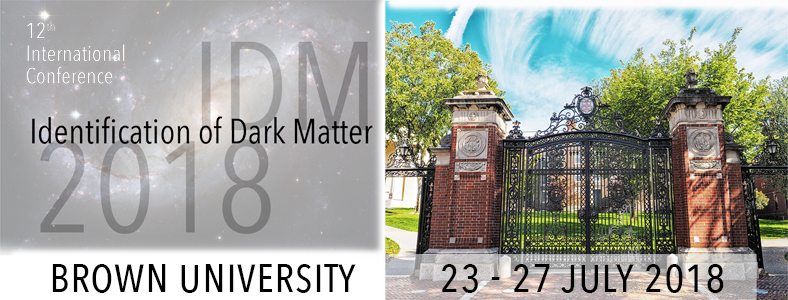Speaker
Description
Dual phase liquid/gas xenon time projection chambers (TPCs) currently set the worlds most sensitive limits on weakly interacting massive particles (WIMPs), a favored dark matter candidate. Radon and radon daughters produce problematic backgrounds for these searches. During detector construction, 222Rn and daughters plate out onto detector surfaces. While 222Rn has a half-life of 3.8 d, the long-lived daughter 210Pb (half life ~22.3 y) can be a source of background events in even the longest running searches. Of particular concern for liquid xenon dark matter detectors are the 'naked beta' decays of 210Pb and 210Bi. Rejection of these backgrounds relies solely on being able to distinguish electron recoils from nuclear recoils. Typically it is assumed that once 222Rn and daughters plate out, they remain stuck to the surface, where a fiducial volume cut will reject the 'naked beta' decays of 210Pb and 210Bi. However, evidence of 210Bi mobility has been observed in the liquid scintillator environment of the KamLAND detector. If radon daughters are soluble in liquid xenon, the `naked beta' decays of 210Pb and 210Bi pose a serious background distributed the fiducial volume. We present first evidence of the solubility of adsorbed radon daughters in liquid xenon from a laboratory test with the 220Rn chain; we discuss possible mechanisms for this solubility, and differences in the 220Rn and 222Rn chains.
I am also submitting an abstract to the track Low Background Techniques.
